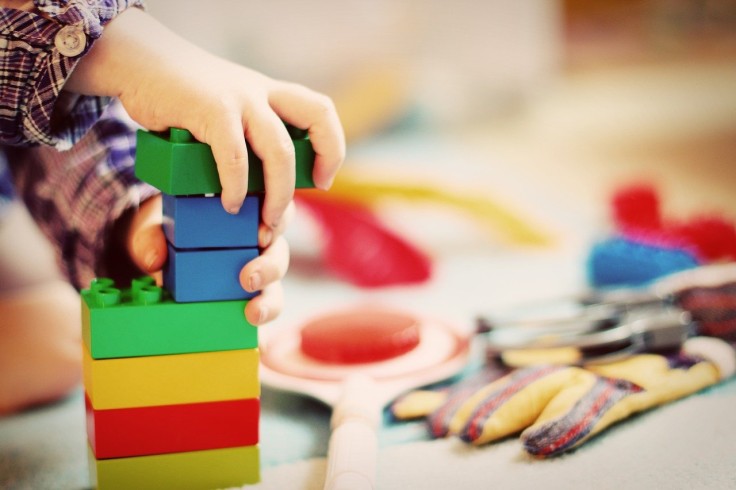
Choosing safe toys for kids may not be as easy as it sounds. There are factors to be considered, including the child's age and materials, among others. Here are some tips to help you choose the right toy for your child.
Avoid choking hazards
Some parts may be too small and can cause choking. For children under three years of age, toys should be 1¼ inches in diameter and 2¼ inches in length so as not to be easily swallowed. If the toy fits inside a toilet paper roll tube, then it may not be safe.
KidsHealth also recommends avoiding marbles, balls, coins, or any games with balls that are 1.75 inches in diameter or less. Make sure as well that battery-operated toys have secured battery cases. Button batteries can also be a choking hazard or can get stuck in the ear or nose.
Read also : How to Clean Black Mold from Surfaces at Home
Toys with small magnets can also be dangerous and so should be avoided, McFarland Clinic said. If two small magnets are accidentally swallowed, they can potentially pull the intestines together and cause obstruction or injuries.
Another type of toy that can be potential choking hazards is latex balloons. So make sure that you supervise the child, especially if they playing with uninflated balloons. Broken balloons should be collected and discarded right away.
Do a toy checkup, especially for hand-me-downs. Check if there are pointed or sharp edges or loose parts that can be choking hazards. If the toy is broken, fix it before giving it to your child or throw it away.
Avoid toys that are too loud
Toys that are too loud should be avoided as they can cause hearing damage. Such types of toys include musical toys, sirens, horns, toy phones, and other toys that can produce noise of 90 up to 120 decibels. When a toy is held directly to the ear, it can produce noise as much as 120 dB, which already equivalent to a plane taking off, the Very Well Family noted.
Watch out for lead in toys
Lead is an odorless, poisonous metal. Once absorbed by the body, it can cause learning disabilities and other serious health conditions, even death. For old painted toys, make sure that they were not made before 1978 as they may also contain lead.
The Spruce recommends avoiding toys that have been recalled by the safety commission. If you believe that you have purchased a toy with lead paint, throw it away and don't consider donating them. You can learn more about recalls by checking the U.S. Consumer Product Safety Commission (CPSC) website here.
Lastly, always make it a point to read the label and make sure that the toy is appropriate for your kid. The toy should meet your child's developmental needs as well as being safe for your child to use. You may also check CPSC for toy buying guidelines.
Keep toys safe
Always make sure that you supervise kids while playing. Teach them how to play safely and to put away toys once done playing. Outdoor toys should be stored when not in use to avoid exposure to the elements. And make sure that toys are clean before letting your child play with it.
Read next : 5 Natural Cough Remedies to Help You Feel Better